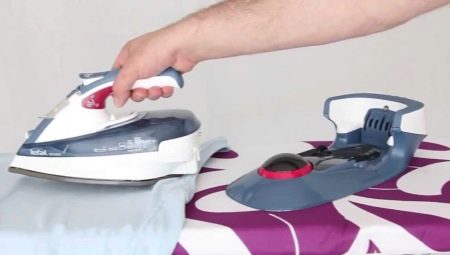One of the old household appliances is an iron. The device has undergone a number of changes in the process of its existence. One of the modern know-how is wireless irons.
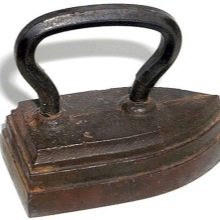
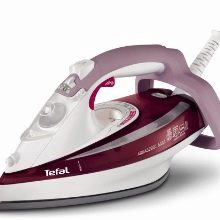
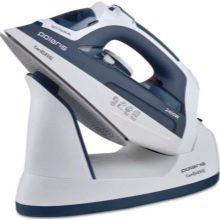
Principle of operation
As the name implies, such an iron does not have wires, which makes using it more convenient, especially in conditions without electricity. The wireless iron has a special “platform”, when placed on which its sole is heated. It is more correct to call a “platform” a docking station, or base. Then the iron is removed and the item or linen is ironed in the usual way, after which the iron returns to the base for recharging.
On average, according to research, the ironing process lasts 23 secondsTherefore, most wireless irons retain heat for 25-30 seconds.
The docking station is equipped with heating elements. The iron, in turn, has contacts, due to which it is connected to the station during charging.
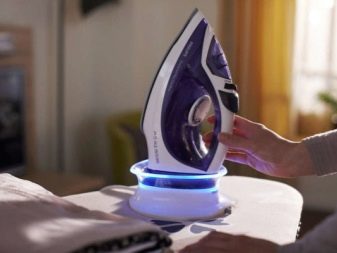
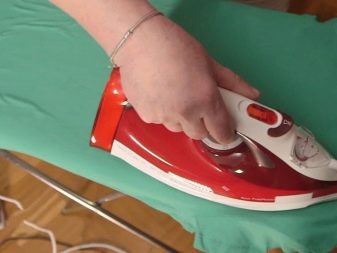
Before starting work, the docking station is installed on the surface for ironing. Most models require the choice of a particular angle of fixation of the base. Then the base is connected to the mains, after which the heating process begins. The iron is installed on the base all the way to start heating its sole.
An important point: the temperature regime of heating the iron should be set, taking into account the peculiarities of the fabric. Set the temperature mode before the iron is installed on the base.
After the soleplate heats up to the desired temperature, the indicator light on it will light up. From this moment you can start ironing.
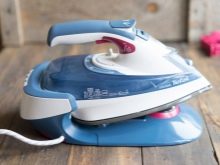

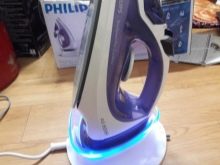
pros
One of the main advantages of a wireless device is the lack of wire. This means that nothing clings to or limits the action during ironing.It is convenient to take such irons on the road, and it is not necessary to choose a place for ironing next to the mains. From this point of view, a wireless device is also useful for owners of small apartments, the owners of which are not able to install an ironing board near the outlet.
The absence of wires avoids another problem - their twisting. This interferes with fast ironing, but most importantly - it is fraught with a breakdown of the device, a short circuit. It is clear that this problem disappears completely in wireless devices. In addition, the lack of a power cord greatly facilitates the ironing of small parts (for example, children's things), products with decor.
The design of the device involves the removal of heating elements from the iron to the stand, making the first one much easier. This is important for fragile ladies, the elderly.
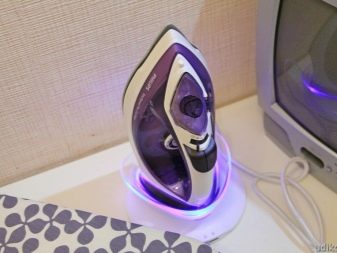
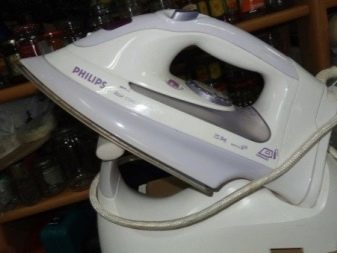
According to reviews, similar models are easy to use and functional. They can be equipped with many useful functions - steam generators, self-cleaning function and automatic shutdown.
Despite the concern of modern iron manufacturers about the safety of their products, many wired irons are still potentially dangerous - they may fray the insulation layer. This is fraught with a short circuit, a shock, if the wires suddenly turn out to be bare. When using wireless devices, these risks are minimized.
Firstly, the docking stations are not subject to great physical exertion, and secondly, the device does not come into direct contact with the power source during ironing.
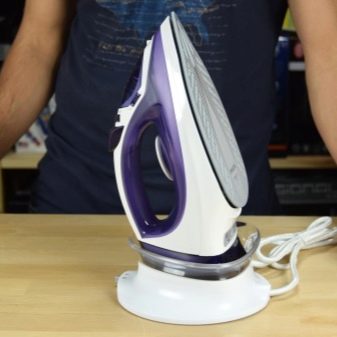
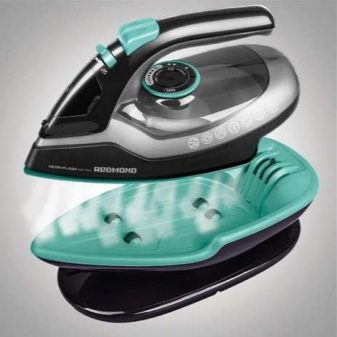
Minuses
The main disadvantage of wireless devices is, of course, their limited time. In this case, ironing a large amount of linen can take a lot of time, since you will have to periodically put the iron on the heating platform.
If during the process of ironing you are accustomed to returning the iron to a horizontal position, then using wireless devices is not possible - the iron is placed on the platform horizontally. Out of habit, this may seem uncomfortable.
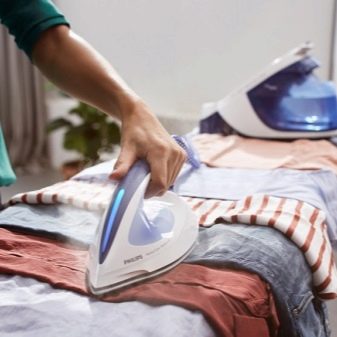
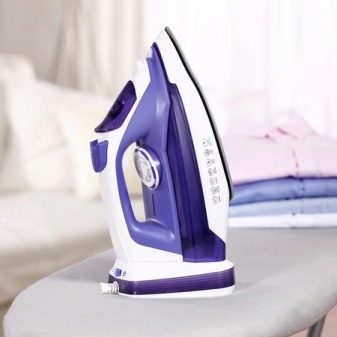
If the device is equipped with the function of a steam generator, then after use, water should be drained from its tank.
However, this can not be called a minus of wireless irons, rather - a feature of all steam generators and similar steamers.
The disadvantages are often attributed to the higher cost of wireless irons. On average, even a simple model costs 2-2.5 times more expensive than a similar “no-frills” iron, but with a power cable.
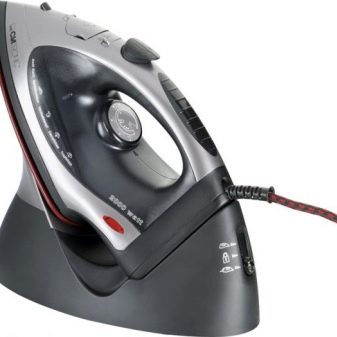
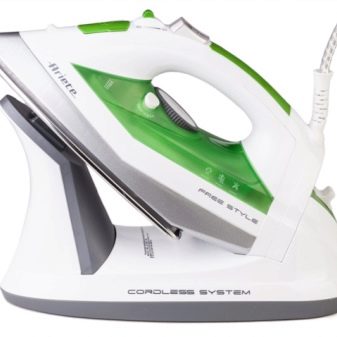
Rating models
Wireless irons can be found in the product lines of foreign manufacturers of these devices. Domestic companies are not yet ready to offer customers units without a power cord.
The most popular wireless Iron Philips GC 2088 power 2400 watts. The device has a ceramic sole, equipped with a steam supply function. The power of the supplied steam and its temperature is enough to smooth things in an upright position. Of the advantages - and the small dimensions of the base. The operating time of the iron without recharging is 30 seconds.
Users note the optimal ratio of price and quality of the unit, moreover, you can often find reviews that say that wireless Iron Philips GC 2088 exceeds customer expectations.
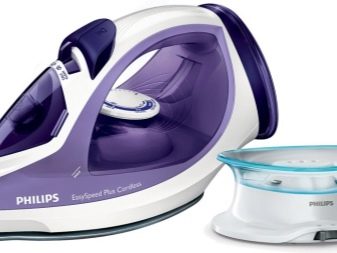
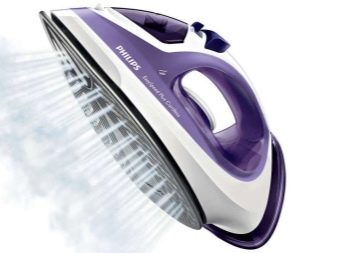
Another favorite is Iron Philips GC 4810optimal for domestic use. Its power is 2400 W, there is a steaming function. A 200 ml tank is enough to quickly steam a few things. Steam may be supplied continuously or at a predetermined interval.
This model is better at ironing thick fabrics, as it is equipped with an aluminum sole. For more convenient and long-term operation, the model has the functions of self-cleaning and protection against leaks. One of the main advantages is the ability to change the type of food.
For this, the device is equipped with a cord that can be connected to the unit and used as a familiar iron.
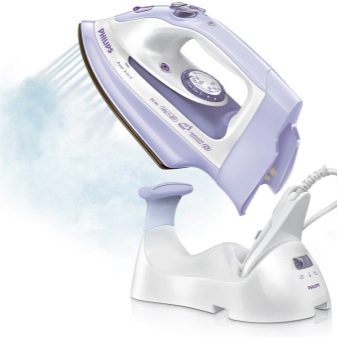

A worthy place in the ranking of wireless devices is Tefal FV9920E0. It has a number of the most important functions - continuous steam supply, leakage protection, self-cleaning system. Thanks to the ceramic sole and its well-thought-out shape, the iron easily glides over the fabrics, and the pointed toe allows you to iron hard-to-reach spots.
The main disadvantage is the duration of the recharge. Features of functioning can be described as 20-20 seconds, that is, the iron works wirelessly for 20 seconds, after which it takes the same amount of time to recharge it.
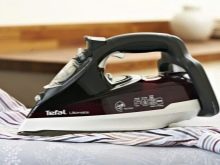
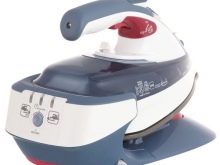
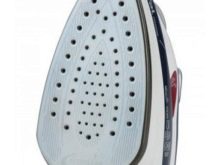
German reliability and functionality - this is how wireless devices from the German manufacturer Clatronic can be characterized.
Model Clatronic DBC 3388 also falls into the ranking of popular devices. Power - 2000 W, sole - ceramics with an additional protective coating. Among the especially valuable features is the possibility of horizontal and vertical steaming. In addition, the device has a dozen more useful features.
Well thought out design design. The docking station is compact, it can be mounted at any angle to the ironing board. The iron has a pointed nose and an expanding main part of the sole, as well as a rubberized handle (anti-slip).
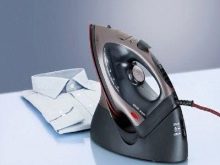
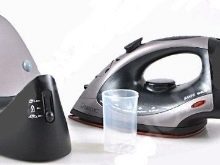
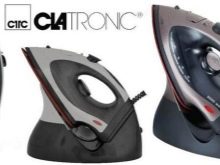
How to choose?
First of all, you should determine the functionality of the device. There are 2 types of wireless irons:
- dry ironing device;
- device with steaming function.
Moreover, the latter can be a horizontal and vertical steamer. It is clear that the function of steam exposure in an upright position is the most convenient, since it does not require an ironing board.
It is these devices that benefit in terms of mobility - they are most convenient to take on the road.
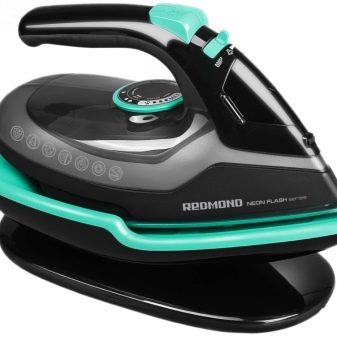
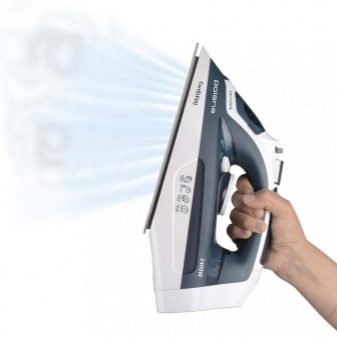
If the choice fell on a device with a vertical steam system, pay attention to the fact that it is also equipped with an anti-drip system and a self-cleaning sole. This will avoid leakage of the device and the appearance of stains on the tissues.
You should decide whether you will use the iron for dry or dense fabrics. If the answer is yes, it makes sense to consider a device of high power with a metal (for example, aluminum, Teflon) sole coating.
If you purchase a device, for example, for traveling and are not going to iron dense matter, it is better to opt for a lighter device with a ceramic sole. It may not be able to cope with strong creases or over-dried laundry, but ceramics cool more slowly.
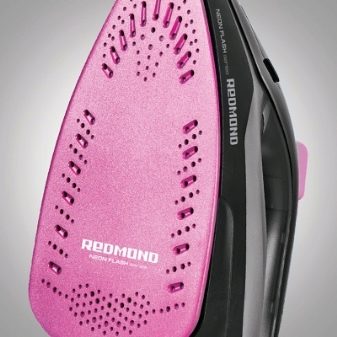
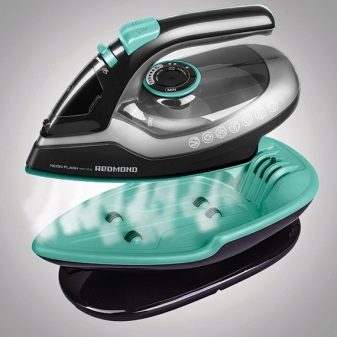
If we talk about pricing, then the lowest cost (ceteris paribus) has an iron with aluminum sole. It is fair to say that metal is not used in its pure form, but alloy. It is important to protect the sole of such an iron from scratches, since during further operation such furrows can leave clues on the fabric.
If you choose an iron with an aluminum sole, it is better to give preference to those in which the metal layer is hidden by spraying and additional layers. Such a sole would be safer for delicate fabrics.
Another popular coating is Teflon. He, like aluminum, is afraid of damage.
Even slight scratches can cause damage to the item while ironing.
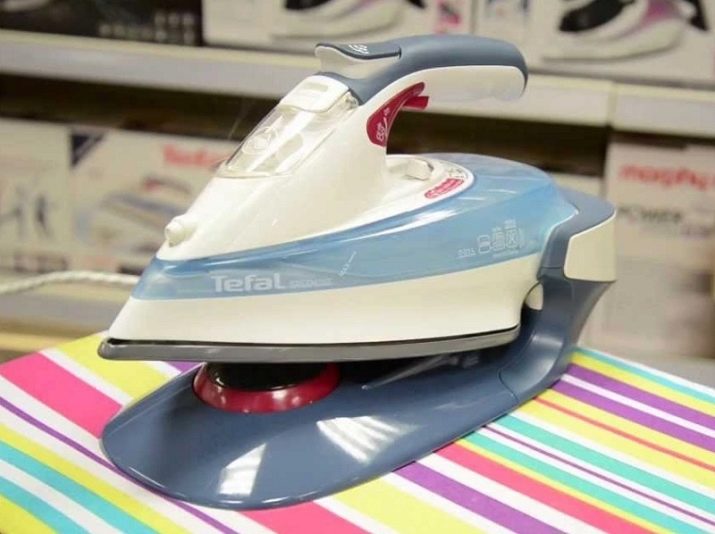
A more durable version of the metal sole is stainless steel. Of course, such an iron will be heavier, but it is more resistant to mechanical damage. In addition, the device with a steel sole keeps heat longer, and also glides perfectly on almost all types of fabric. There is an option for a steel sole with a chrome finish. Such an iron glides even better, but costs more.
The ceramic sole also has excellent characteristics (it heats up quickly, glides well, is safe for fabrics). However, this coating cannot be called brittle.The best option is cermet.
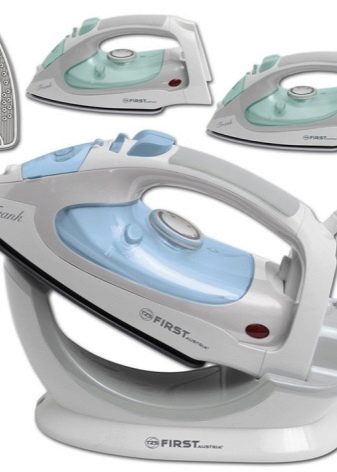
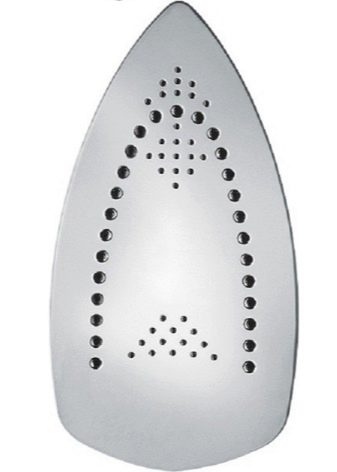
Another important criterion is the power of heating elements (heating elements). The higher this indicator, the faster the iron from the dock will heat up, the more powerful the steam it produces will be (if this function is provided in the device). The minimum power indicators for heating elements are 1600 watts. Such an iron is suitable for home use; it can be used to smooth not very wrinkled materials. If funds allow, it is better to choose a more powerful device (2000 W).
As a rule, the cost of wireless irons is formed primarily on the basis of these indicators - the material of the sole and the power of the heating elements. Regarding the availability of other functions, it is worth analyzing how much you need them.
Among the most popular are the anti-droplet system, the function of self-cleaning from scale.
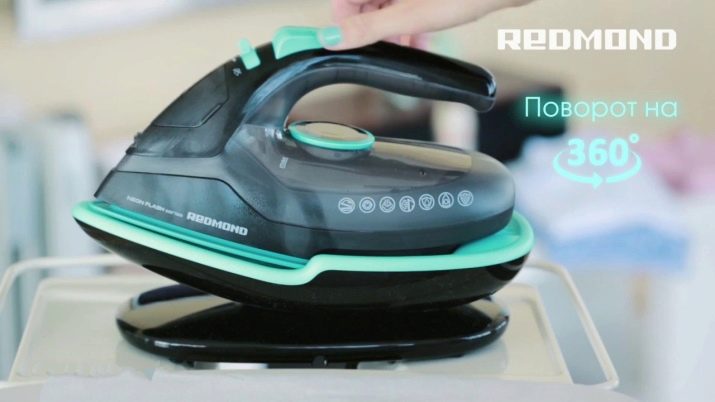
Reviews
On the network you can find many reviews in which wireless irons are praised or criticized. Consider the reviews primarily on those devices that are highlighted by us in the review of devices of this type.
All of them are quite appreciated. The Philips GC 2088 model is often distinguished as inexpensive, but powerful and convenient. However, based on the words of customers, even its power is not enough - strong creases and too thick fabrics can be unstroked.
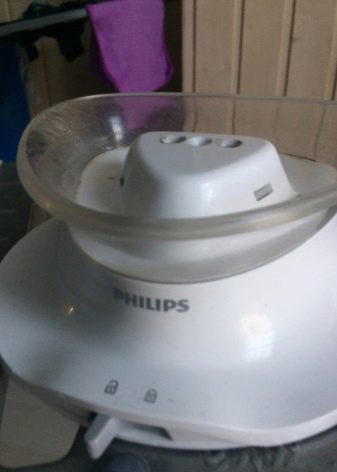
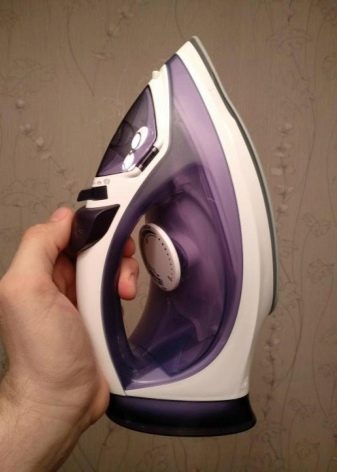
Iron Philips GC 4810 is praised primarily for its functionality and the ability to connect to the network. However, in the wireless mode, it takes too long to recharge, which is why the ironing process takes a lot of time.
But the Tefal FV9920E0 model has a lot of complaints from users. First of all, the short life without recharging and the duration of the charging process itself lead to displeasure. Often you can find records where users complain about the unpleasant smell of plastic that appears when the iron is used.
Contrary to the manufacturer's assurances, it does not pass after a few months of using the device.
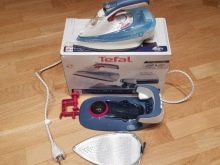
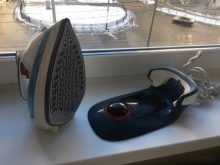
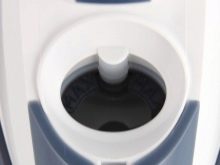
Another drawback is the leakage of the iron, despite the fact that it is equipped with an anti-drip system! For this, the manufacturer recommends abandoning the vertical setting of the device, it must be returned to the base in a horizontal position.
In general, the least complaints from users are caused by devices from the Philips brand.
An overview of another model is in the next video.
